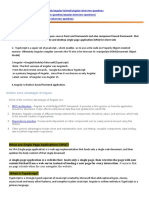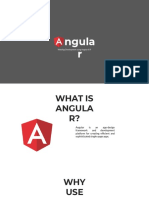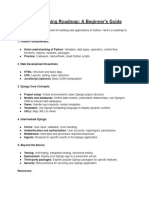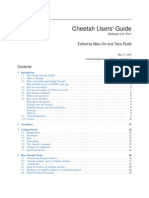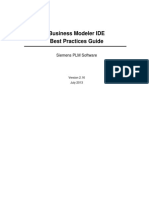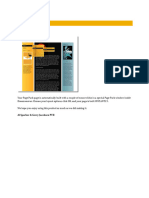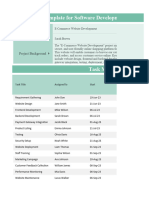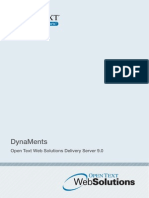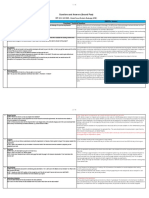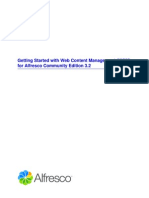0% found this document useful (0 votes)
52 views36 pages8 - Angular - Getting Started With Angular
Uploaded by
b42a0dc98dCopyright
© © All Rights Reserved
We take content rights seriously. If you suspect this is your content, claim it here.
Available Formats
Download as PDF, TXT or read online on Scribd
0% found this document useful (0 votes)
52 views36 pages8 - Angular - Getting Started With Angular
Uploaded by
b42a0dc98dCopyright
© © All Rights Reserved
We take content rights seriously. If you suspect this is your content, claim it here.
Available Formats
Download as PDF, TXT or read online on Scribd
/ 36





